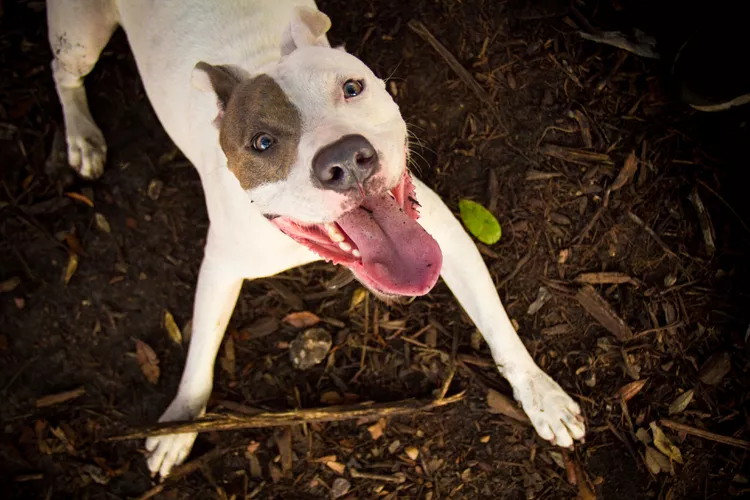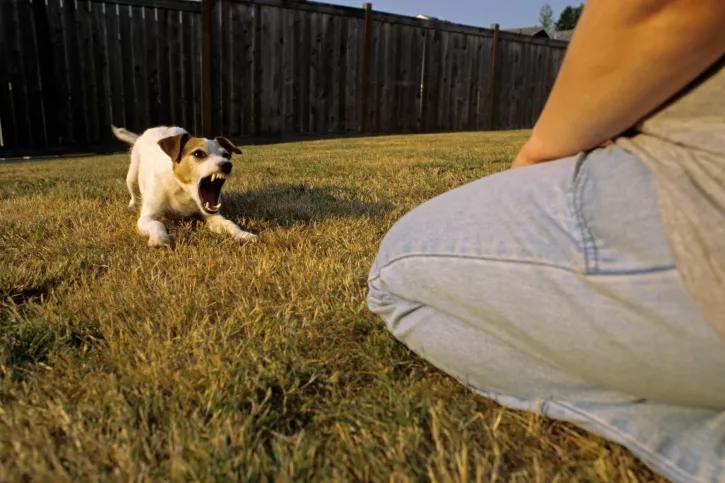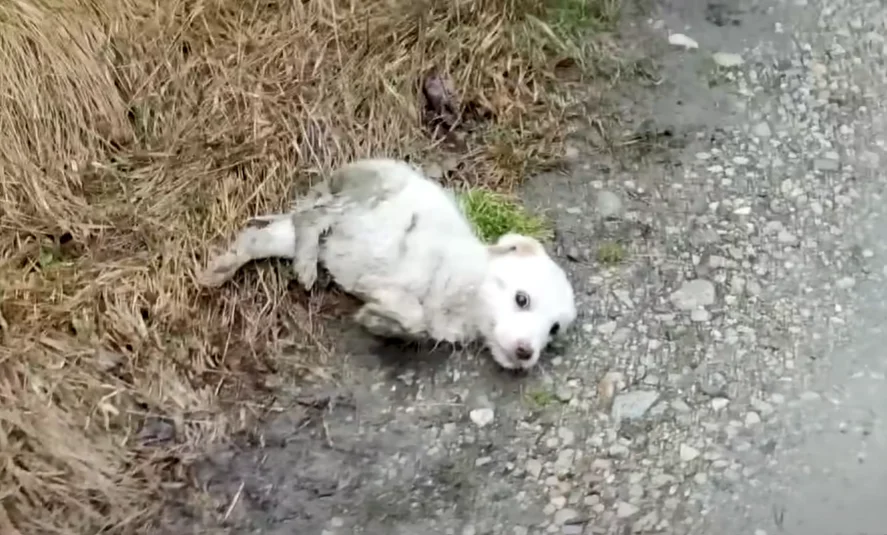Understanding Your Dog’s Body Language: From Confident to Anxious
Recognizing what your dog is trying to communicate can be challenging, especially since dogs rely heavily on body language rather than vocalizations to express themselves. By learning to interpret these signals, you can better understand your dog’s feelings and needs.

Observing your dog’s body language can help you understand its emotions and intentions. This is crucial not only for effective communication but also for ensuring your dog’s safety and well-being. Here’s a guide to various body language cues and what they might mean:
1. Confident

A confident dog stands tall with its head held high, ears upright, and eyes bright. The mouth may be slightly open but remains relaxed. The tail is often in a natural position, possibly swaying gently or curling loosely. This posture indicates a dog that feels secure and comfortable in its environment.
2. Happy

A happy dog shares many signs with a confident dog but with additional cues. Its tail may wag energetically, and the dog may pant lightly with a relaxed mouth. Happy dogs often display a content demeanor and might even sigh with pleasure when relaxed.
3. Playful

Playful dogs exhibit joy and excitement. Their ears are up, their eyes are lively, and their tails wag rapidly. They often perform a play bow, with their front legs stretched forward and their rear end elevated. This gesture is an invitation to play and shows eagerness and fun.
4. Excited

An excited dog combines traits of happiness and playfulness but with more intensity. It may jump, run around, and pant rapidly. Excitement can sometimes lead to hyperactivity, resulting in behaviors like jumping on people or barking excessively. If a dog is overly excited, it’s important to manage the situation to prevent overstimulation.
5. Anxious

An anxious dog exhibits a lowered head, with ears pulled back and a stretched neck. The posture is often tense, with the tail tucked. Common signs include yawning, lip-licking, and showing the whites of the eyes (whale eye). This behavior can indicate nervousness or unease, and it’s important to approach the situation carefully to avoid escalating anxiety.
6. Fearful

A fearful dog displays more extreme signs than an anxious dog. It typically hunches low to the ground with ears flattened and eyes averted. The tail is usually tucked, and the dog might tremble or urinate. Fearful dogs may whine or growl and could become aggressive if they feel threatened. It’s best to calmly remove yourself from the situation and give the dog space.
7. Aggressive

Aggression often develops from fear or anxiety if not addressed. An aggressive dog stands rigidly with its ears back and eyes narrowed. The tail may be straight and held high, and the dog might bare its teeth, growl, or snap. If you observe these signs, it’s crucial to seek help from a professional trainer to address the behavior safely.
8. Submissive and Dominant

The concepts of submission and dominance in dogs are often misunderstood. Submission involves a dog showing that it poses no threat, often by rolling onto its back, lowering its head, and avoiding direct eye contact. Dominance, on the other hand, is a fluid dynamic within a group of dogs rather than a fixed hierarchy. Submissive behavior can occur in play or social interactions, and it’s important to assess the context and overall demeanor to understand its meaning fully.
Understanding these body language signals can enhance your relationship with your dog, improve training, and help you prevent potential conflicts. Always observe the full context and the dog’s overall behavior to accurately interpret its emotional state.




